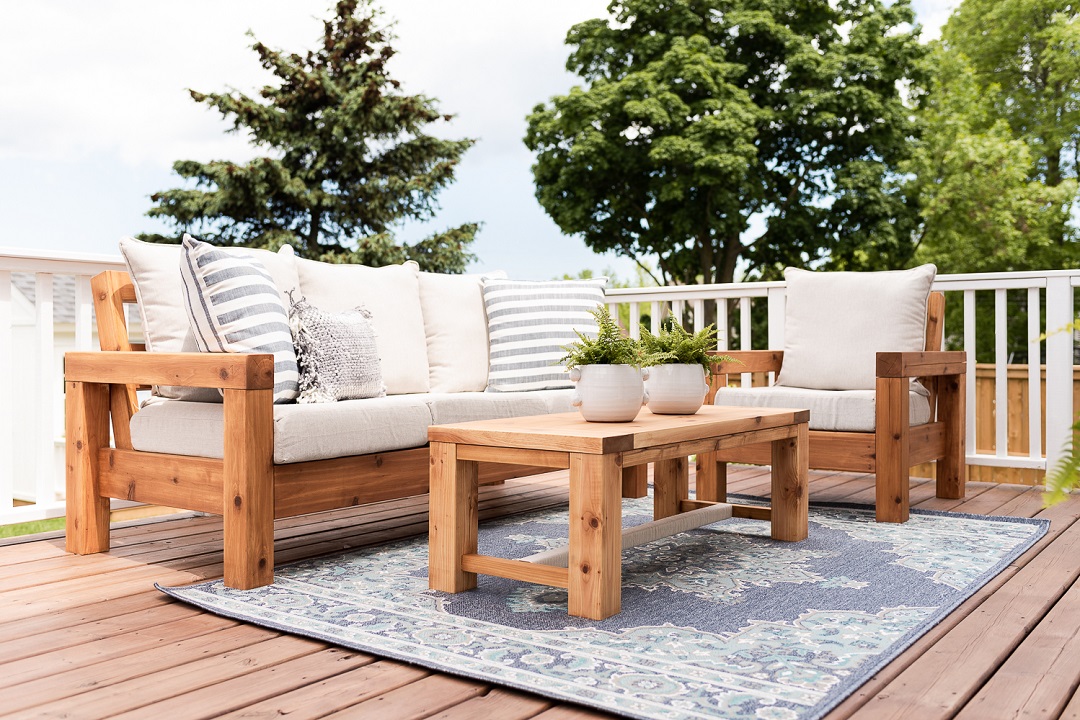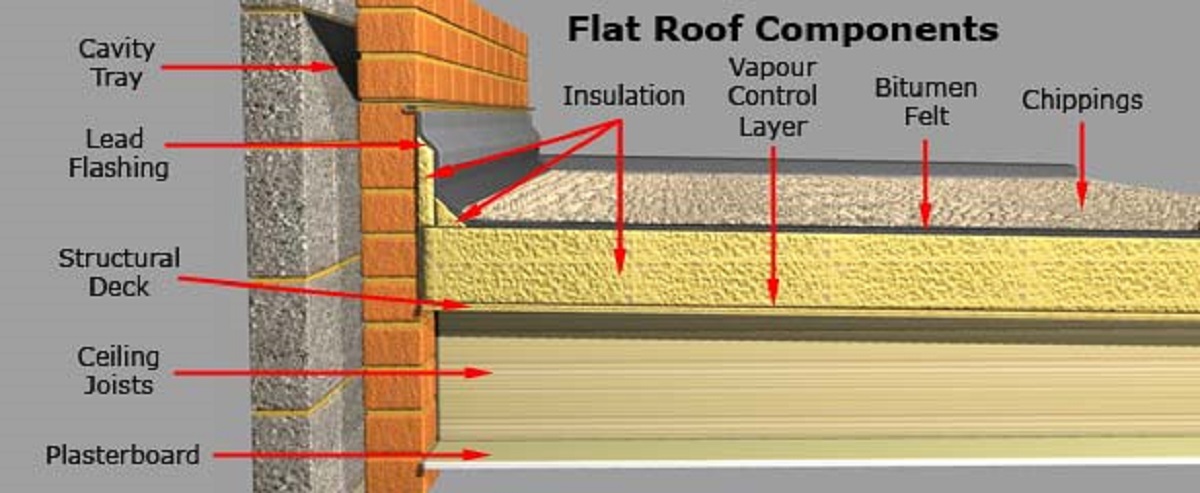Insulating a cathedral ceiling can be a bit trickier than insulating standard flat ceilings due to the sloped design and limited space. However, with the right approach, you can effectively insulate your cathedral ceiling to improve energy efficiency and comfort in your home.
Understanding Cathedral Ceilings
Cathedral ceilings, also known as vaulted ceilings, add architectural interest and spaciousness to a room. However, they also present challenges when it comes to insulation. Traditional insulation methods may not work well in cathedral ceilings, leading to energy loss and potential moisture issues.
Best Practices for Insulating Cathedral Ceilings
1. Consider Spray Foam Insulation
Spray foam insulation is often considered the best option for insulating cathedral ceilings. It expands to fill gaps and crevices, providing excellent coverage and a tight seal. Closed-cell spray foam is particularly effective as it also acts as a vapor barrier, helping to prevent moisture buildup.
2. Install Rigid Foam Board
Rigid foam insulation boards can also be used to insulate cathedral ceilings. These boards are lightweight and easy to install, making them suitable for the confined spaces of a sloped ceiling. Install the foam boards between the rafters or over the existing insulation for added thermal resistance.
3. Ensure Proper Ventilation
Proper ventilation is crucial in cathedral ceilings to prevent moisture buildup and maintain indoor air quality. Install ridge vents or other ventilation systems to allow air circulation and prevent condensation within the ceiling cavity.
4. Seal Air Leaks
Before adding insulation, seal any air leaks or gaps in the ceiling to prevent warm air from escaping and cold air from entering. Use caulking or weatherstripping to seal around windows, doors, and ceiling penetrations.
5. Consider Structural Insulated Panels (SIPs)
Structural insulated panels (SIPs) are another option for insulating cathedral ceilings. These prefabricated panels consist of an insulating foam core sandwiched between structural facings. SIPs provide excellent insulation and structural support, making them ideal for cathedral ceilings.
FAQs
Q: Can I use traditional fiberglass insulation in a cathedral ceiling?
A: While fiberglass insulation can be used, it may not provide as effective insulation as spray foam or rigid foam board due to the sloped design of cathedral ceilings.
Q: How do I know if my cathedral ceiling needs insulation?
A: Signs such as uneven temperatures, drafts, or high energy bills may indicate a need for insulation in a cathedral ceiling.
Q: Will insulating my cathedral ceiling help reduce heating and cooling costs?
A: Yes, proper insulation can significantly reduce energy loss through the ceiling, leading to lower heating and cooling costs.
Q: Do I need to hire a professional to insulate my cathedral ceiling?
A: While DIY installation is possible for some insulation materials, hiring a professional ensures proper installation and adherence to building codes.
Q: How do I prevent moisture issues in a cathedral ceiling?
A: Proper ventilation and sealing air leaks are key to preventing moisture buildup in cathedral ceilings. Additionally, using insulation materials with vapor barrier properties can help mitigate moisture issues.
Insulating a cathedral ceiling requires careful consideration of insulation materials, ventilation, and air sealing to ensure optimal performance. By choosing the right insulation methods and addressing potential moisture issues, you can enhance energy efficiency and comfort in your home.


